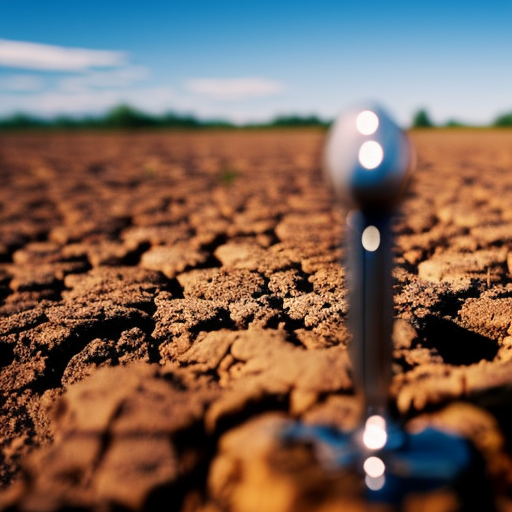Summary: Water scarcity refers to the lack of sufficient water resources to meet the demands of a region or population. It is a global issue that affects millions of people and has severe environmental, economic, and social consequences. Factors contributing to water scarcity include population growth, climate change, pollution, and inefficient water management practices. To address this problem, various strategies such as water conservation, wastewater treatment, and desalination are being implemented. However, achieving sustainable water management requires a holistic approach that involves the cooperation of governments, communities, and individuals.
Causes of Water Scarcity:
- Rapid population growth: The increasing global population puts a strain on water resources, leading to higher demand and depletion of available water sources.
- Climate change: Changes in rainfall patterns, rising temperatures, and more frequent droughts exacerbate water scarcity by reducing the availability of freshwater sources.
- Pollution: Contamination of water bodies through industrial waste, agricultural runoff, and improper disposal of chemicals further reduces the amount of usable water.
- Inefficient water management: Inadequate infrastructure, outdated irrigation techniques, and wasteful practices contribute to the inefficient use of water resources.
Consequences of Water Scarcity:
- Health risks: Lack of access to clean water leads to the spread of waterborne diseases such as cholera, typhoid, and diarrhea, causing illness and death, particularly in developing countries.
- Food insecurity: Water scarcity affects agricultural production, leading to lower crop yields and reduced livestock productivity. This, in turn, contributes to food shortages and higher prices.
- Economic impact: Industries that rely on water, such as agriculture, manufacturing, and energy production, face disruptions and increased costs, which can have a negative impact on local and national economies.
- Conflict and migration: Water scarcity can lead to conflicts over limited resources, particularly in regions where water is shared between countries or communities. It can also force people to migrate in search of water, exacerbating social and political tensions.
Strategies to Address Water Scarcity:
- Water conservation: Promoting efficient water use through measures such as water-saving technologies, rainwater harvesting, and public awareness campaigns can help reduce water demand.
- Wastewater treatment and reuse: Treating and reusing wastewater for non-potable purposes, such as irrigation or industrial processes, can alleviate pressure on freshwater sources.
- Desalination: Desalination technologies remove salt and other impurities from seawater, providing a source of freshwater in coastal regions. However, desalination is energy-intensive and expensive.
- Improved water management: Implementing better water management practices, including water pricing mechanisms, water rights systems, and integrated water resource management, can help ensure the sustainable use of water resources.
The Way Forward:
Addressing water scarcity requires a comprehensive and collaborative approach. Governments need to prioritize water management and invest in infrastructure development. Communities and individuals can contribute by adopting water-saving habits, reducing pollution, and supporting local water conservation initiatives. International cooperation is also crucial, as water scarcity often transcends national borders. By working together, we can mitigate the impacts of water scarcity, ensure access to clean water for all, and protect this vital resource for future generations.












